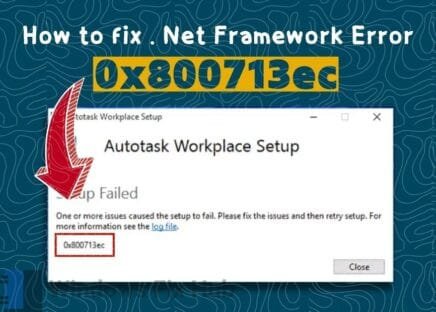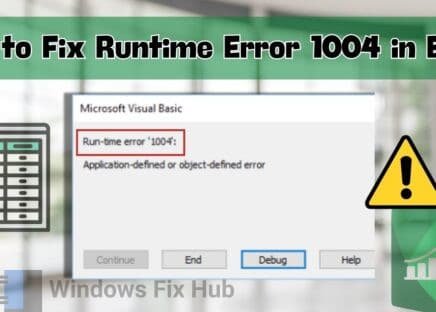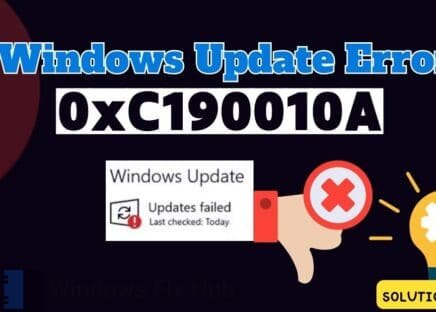Fix your Windows BSOD errors automatically with iobit Advanced SystemCare & enhance your online security.
The Blue Screen of Death (BSOD) shows up on your PC when it undergoes a major problem and is unable to recover from it. This causes your PC to freeze with the BSOD, after which it restarts.
Many users have reported a similar issue when playing games. This issue suddenly freezes your PC with a BSOD and an error message saying “ACE.BASE.sys failed”.
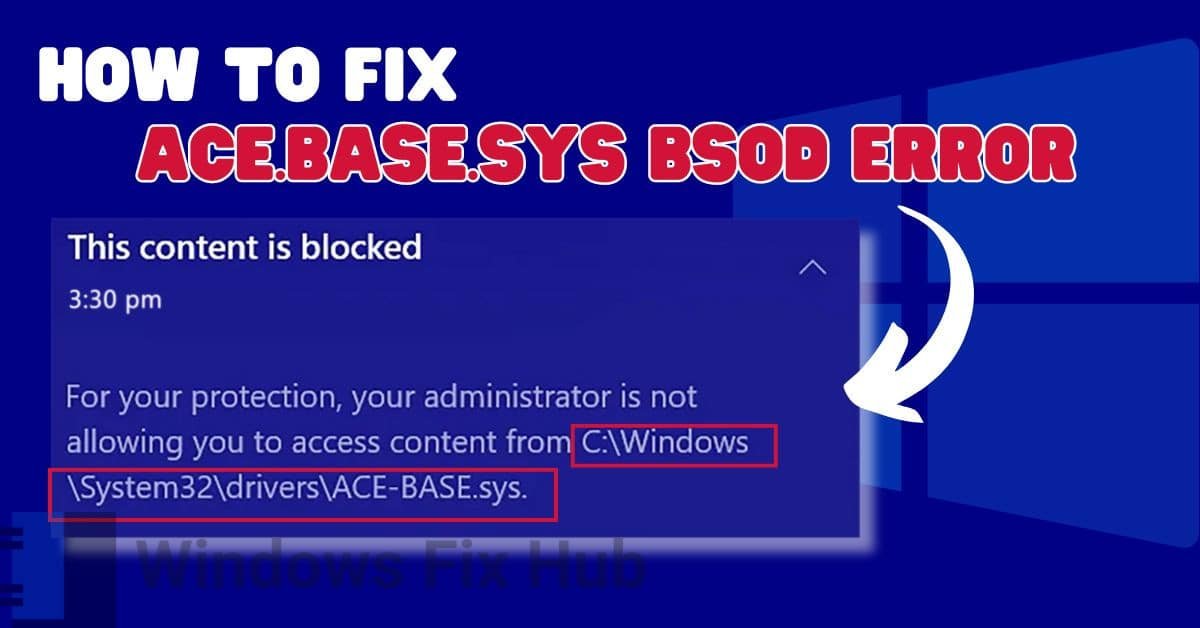
If you have run into the same problem and are wondering how to fix ACE.BASE.sys BSOD in Windows, don’t worry! There are multiple ways to resolve this issue.
In this guide, we will share 6 different ways to fix the BSOD related to ACE.BASE.sys in Windows. So read on.
TRY IT NOW: Quick Ways to Fix ACE.BASE.sys BSOD
- Update Your Network and Graphics Drivers: Outdated or corrupt network and graphics drivers can cause the ACE.BASE.sys BSOD.
- Reinstall the Program/Game: Try reinstalling the game as the BSOD can also be triggered by corrupted game files.
- Disable Third-Party Security Apps: Disable third-party security programs to avoid conflict with the anti-cheat software.
Continue reading to find step-by-step guides for each of these solutions and some more advanced ones as well. We have also mentioned an additional method to resolve the issue at the end of this guide.
What Causes the ACE.BASE.sys BSOD in Windows?
The Blue Screen of Death (BSOD) in Windows occurs when your operating system goes through a major problem and is unable to recover. If you are playing a game and your PC suddenly freezes, resulting in a BSOD, your PC will restart.
Identifying the culprit behind this issue can help you resolve the issue. The ACE.BASE.sys. BSOD is usually caused by the following reasons:
- Outdated or corrupt network and graphics drivers.
- Windows registry issues.
- System file corruption.
- Conflicts between the anti-cheat software and other programs on your PC.
In addition to that, users who have above mentioned issues sometimes experience the ‘Event ID 1000 BSOD’ as well.
Fortunately, this issue can be resolved at home without requiring a technician’s help.
How to Fix ACE.BASE.sys BSOD in Windows
[4 Beginner-Friendly Ways]
There are many ways to fix the ACE.BASE.sys BSOD in Windows. Let’s try some easy fixes first before moving on to more advanced ways.
Method 1: Update Your Network and Graphics Drivers
If the ACE.BASE.sys BSOD is triggered due to outdated or corrupt graphics or network driver, make sure your drivers are up to date:
- Right-click on “Start” and click on “Device Manager”.
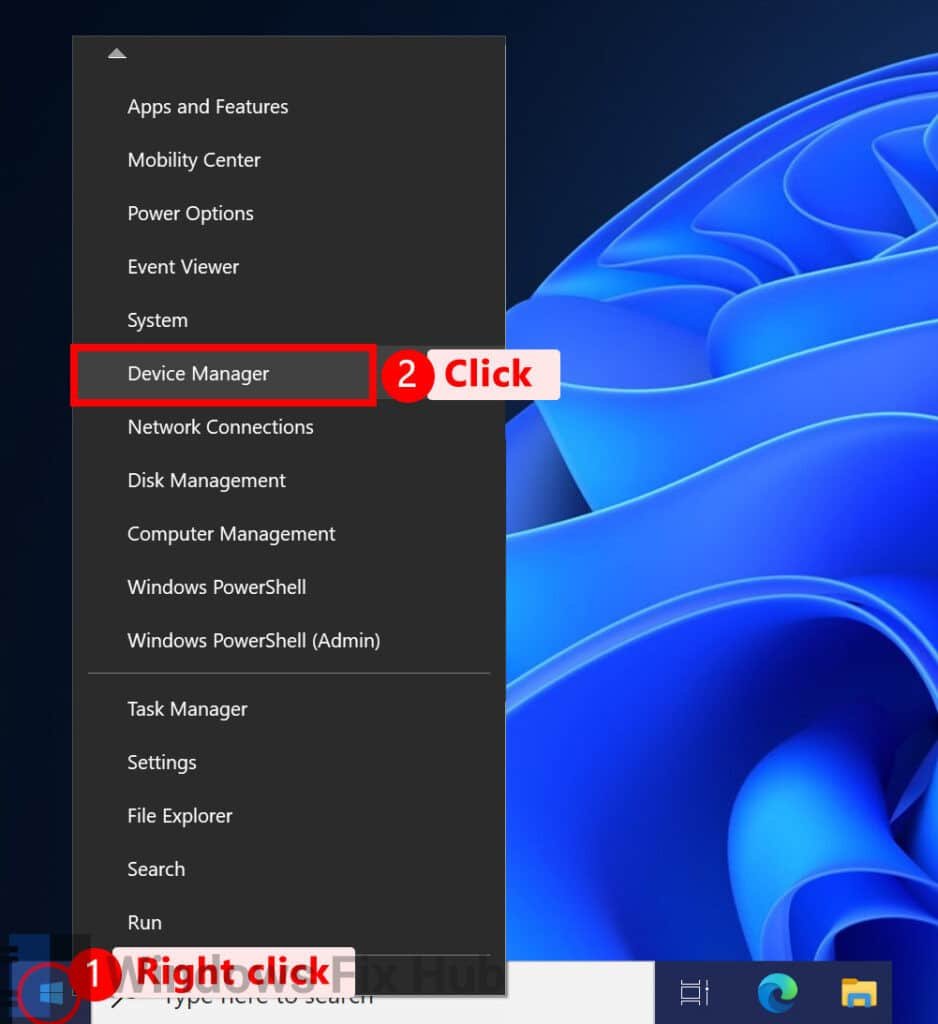
- Select the right device category.
- Now right-click on the “Network” or “Graphics” driver.
- Select “Update driver “and choose the option that says “Search automatically for drivers”.
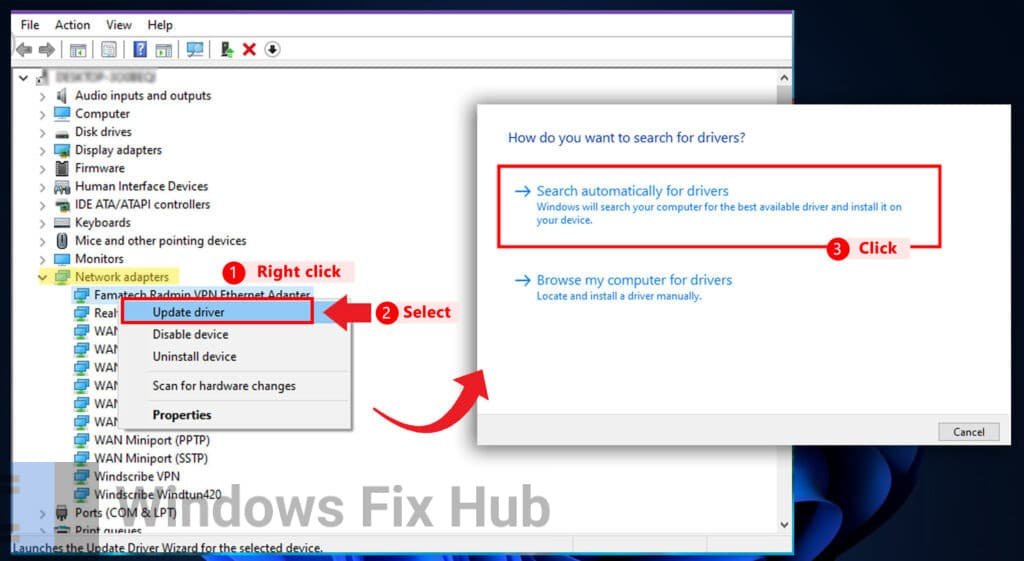
Your system will automatically find and install the driver updates if needed.
Method 2: Use SFC and DISM to Fix Corrupted Win Files
Sometimes, the Blue Screen of Death (BSOD) can be caused by an issue in your operating system. Running System File Checker (SFC) and Deployment Image Servicing and Management (DISM) scans can help identify and resolve such issues:
Here’s how to run SFC and DISM on your PC:
- Go to ‘Windows Search’ and type and enter “cmd”.
- Next, right-click on “Command Prompt” and select “Run as administrator”.
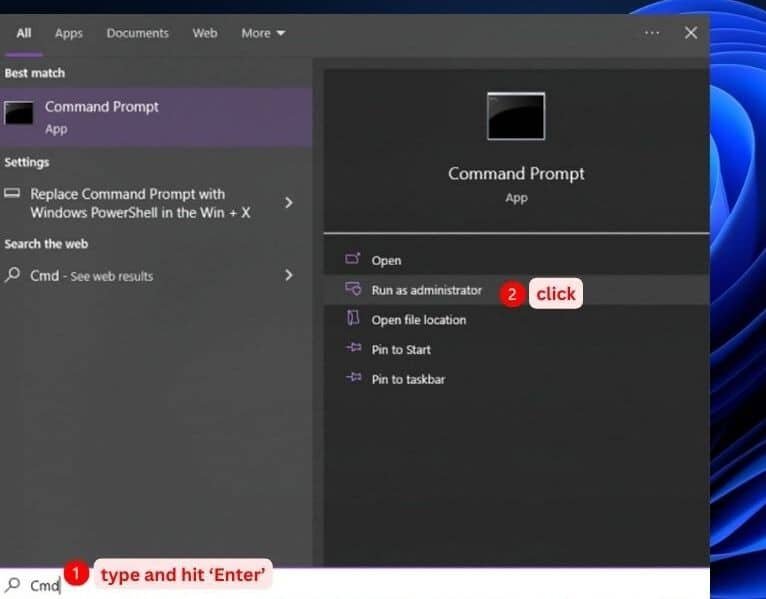
- Click on “Yes” when asked to allow changes and then enter the following command:
sfc /scannow
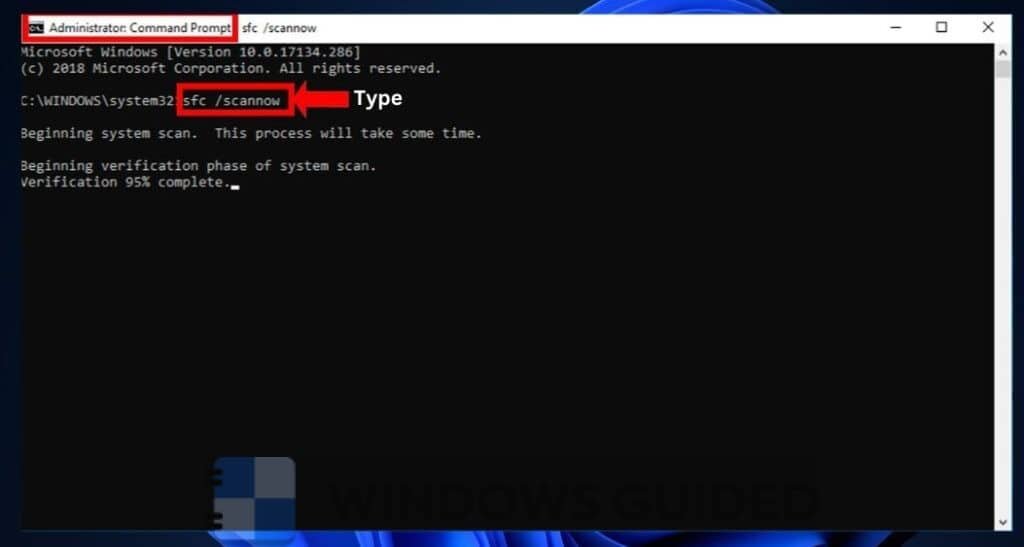
- When the scan is finished, type the following commands and press ‘Enter’ one by one:
dism /online /cleanup-image /checkhealth
dism /online /cleanup-image /scanhealth
dism /online /cleanup-image /restorehealth
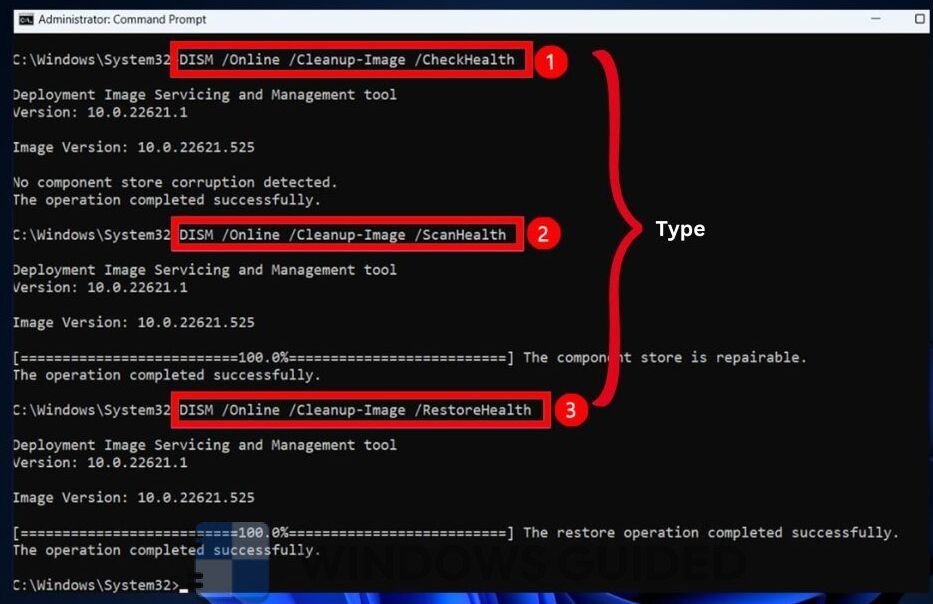
- Finally, restart your device.
Method 3: Clean Boot Your OS
The ACE.BASE.sys BSOD can also be caused by conflicts between the anti-cheat software and other apps on your PC. You can try using your PC in a Clean Boot state to identify which apps are causing the issue.
Here’s how:
Press ‘Win + R‘ on your keyboard and type “msconfig“.
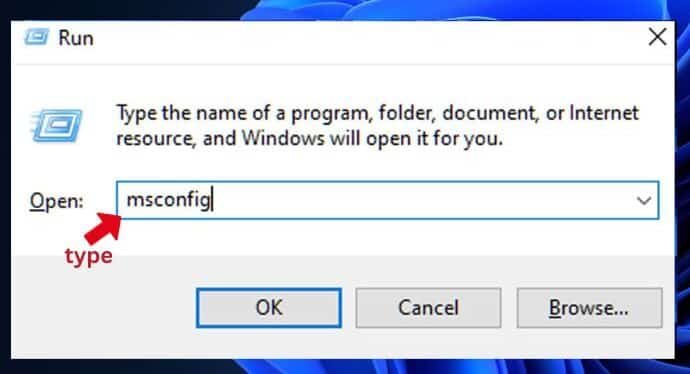
- Now press ‘Enter’ and go to the “Services” tab.
- Next, select the “Hide all Microsoft services” checkbox and click on “Disable all”.
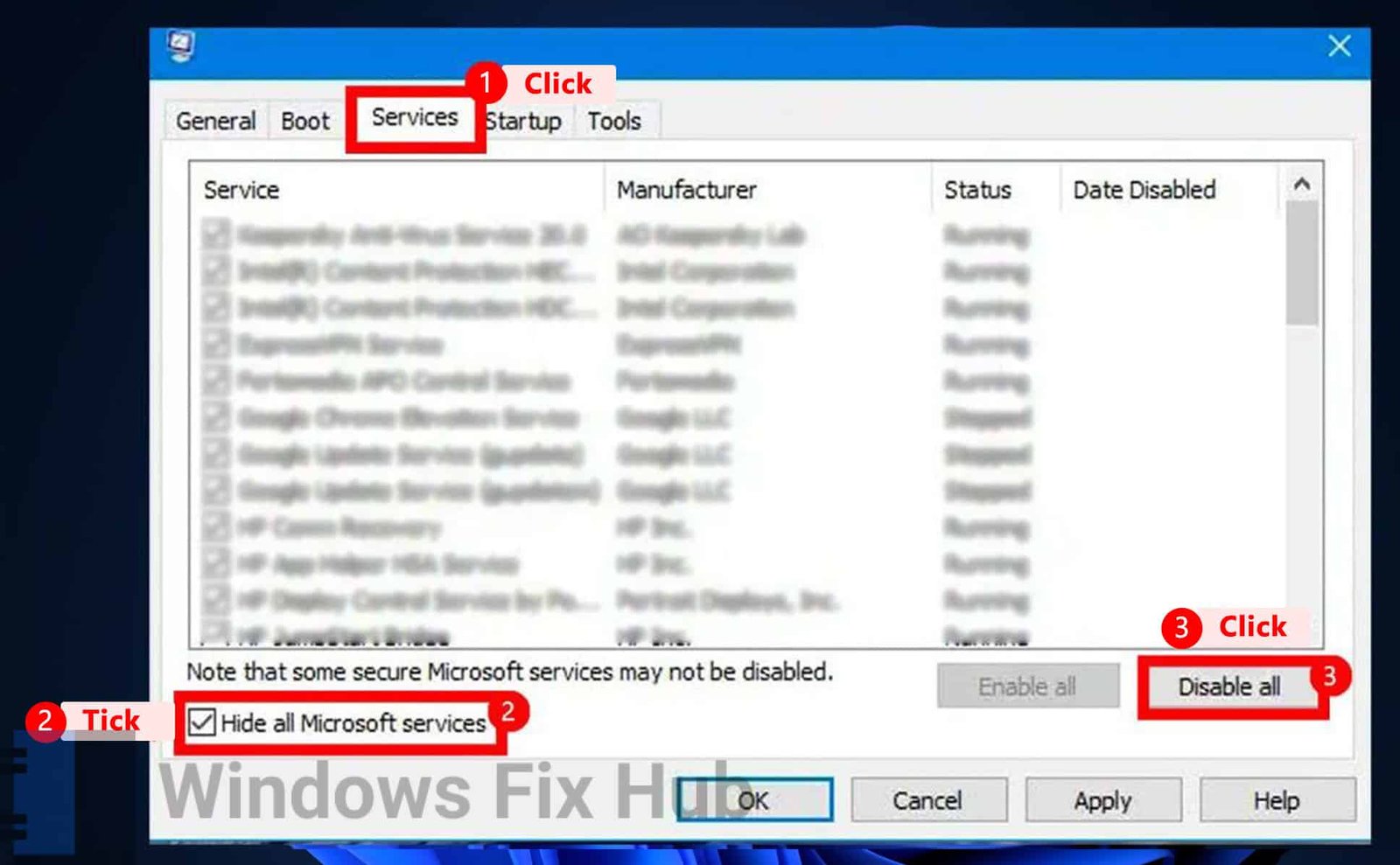
- Now go to the “Startup” tab and select “Open Task Manager.”
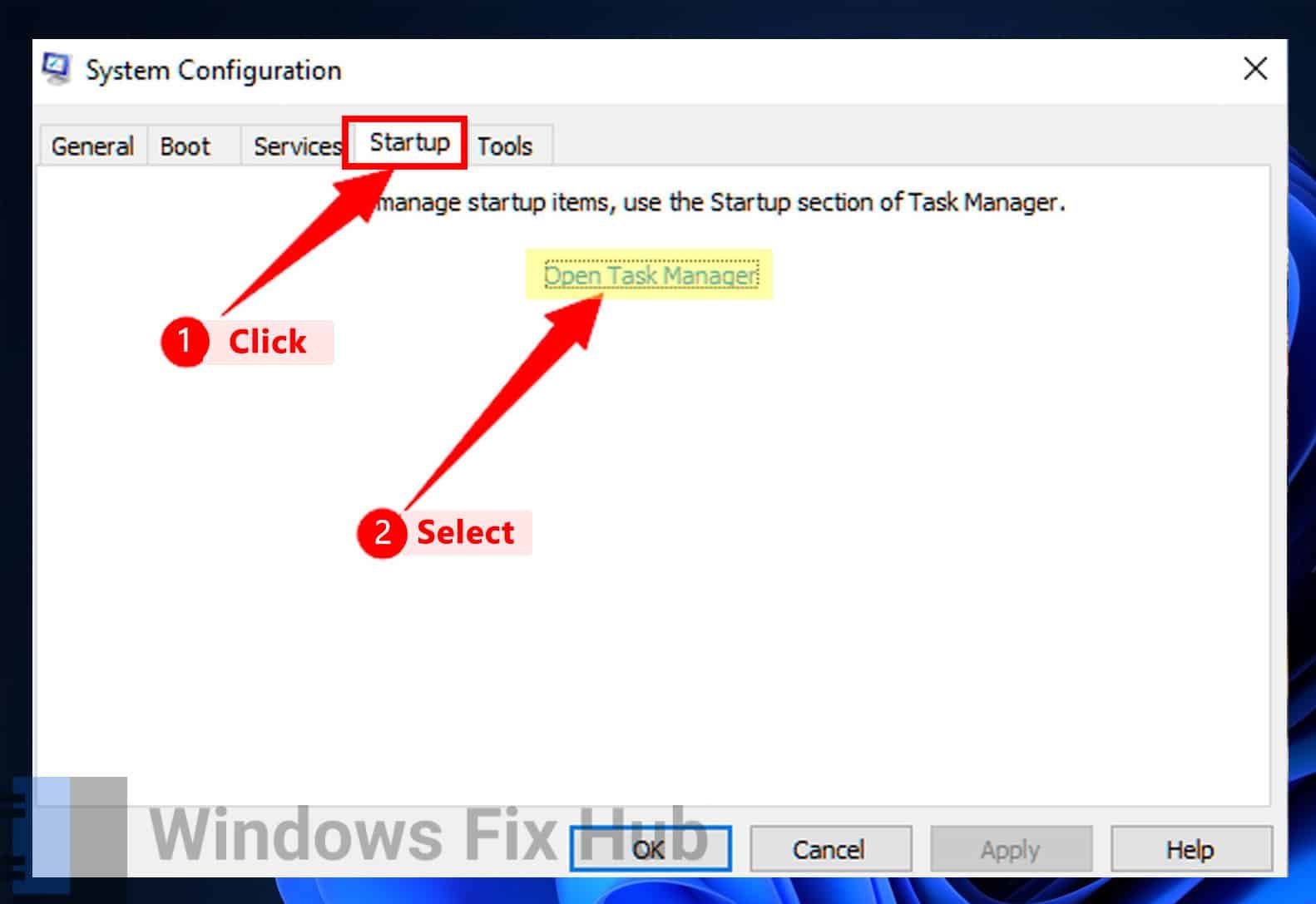
- Right-click on each non-Windows entry and click on “Disable“.
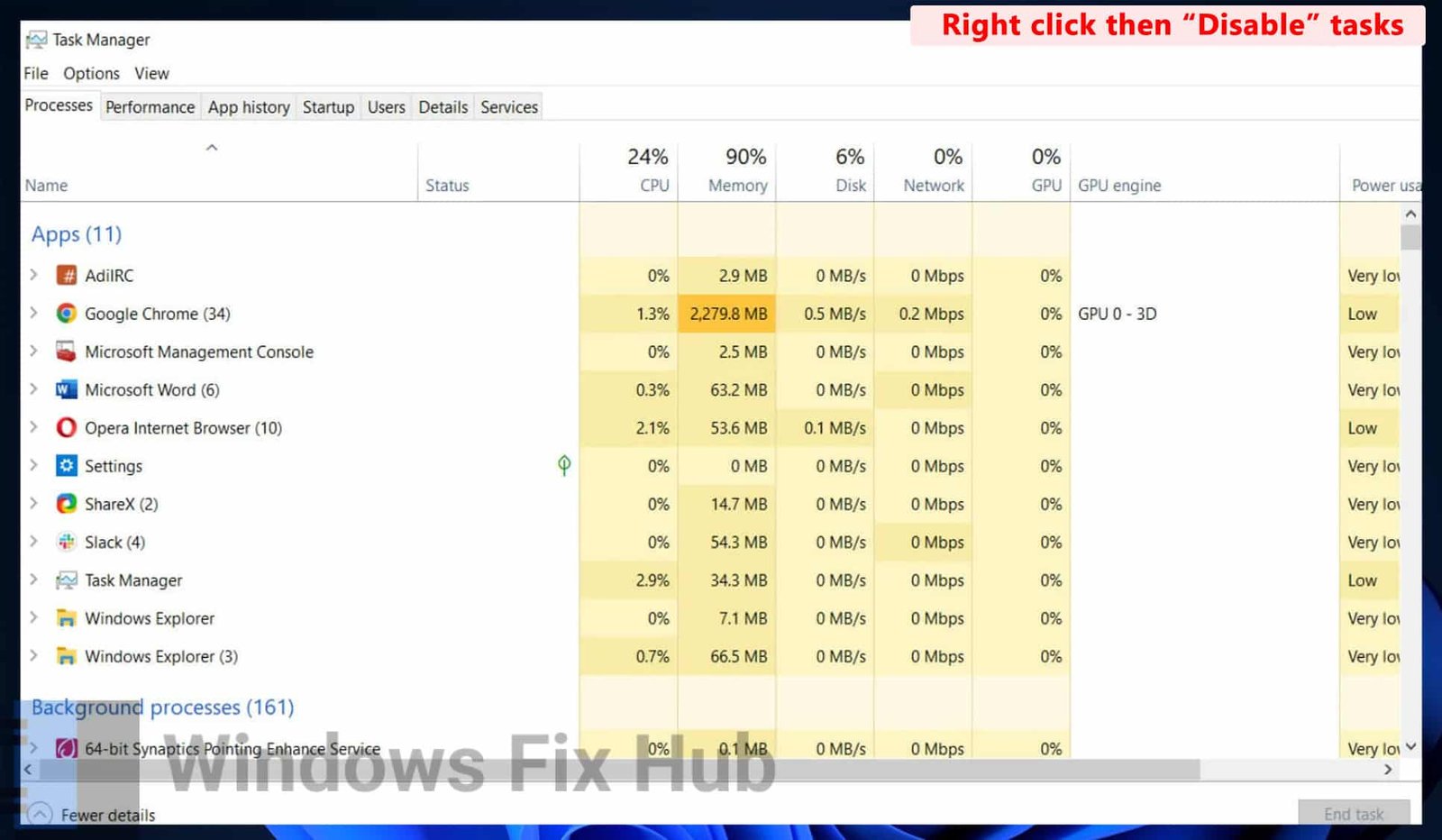
- Close the “Task Manager”.
- Now go to the “Boot” tab and click on the “Safe Boot” option.
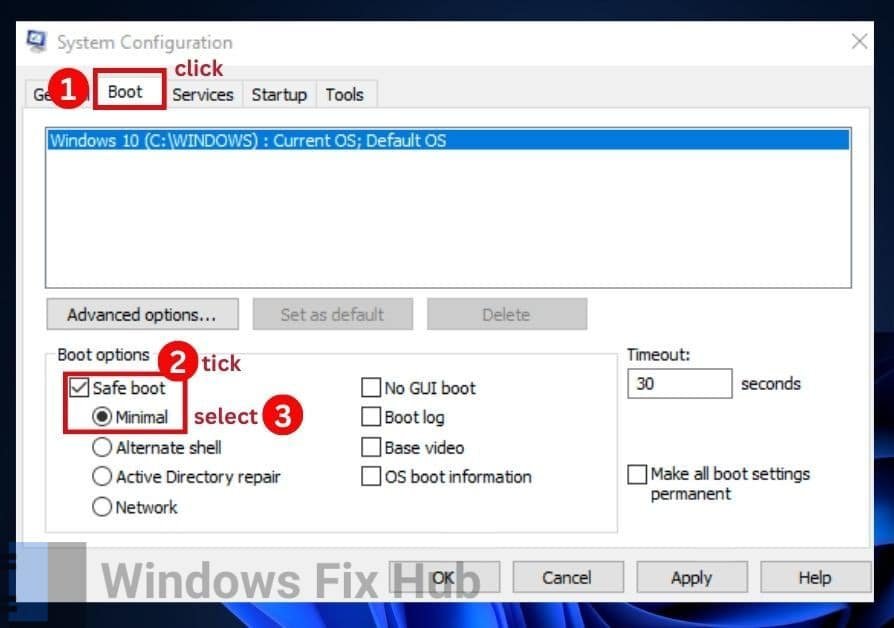
- Finally, hit “Reboot”.
If the BSOD doesn’t appear now, enable each service one by one to identify the conflicting program.
Method 4: Reinstall the Game
You can also try reinstalling the game as the BSOD is also caused by corrupted game files sometimes.
To install your game:
- Go to “Start” > “Settings” > “Apps”/”Installed Apps”.
- Select the game that’s causing the issue and then click on “Uninstall“/three dots > “Uninstall“.
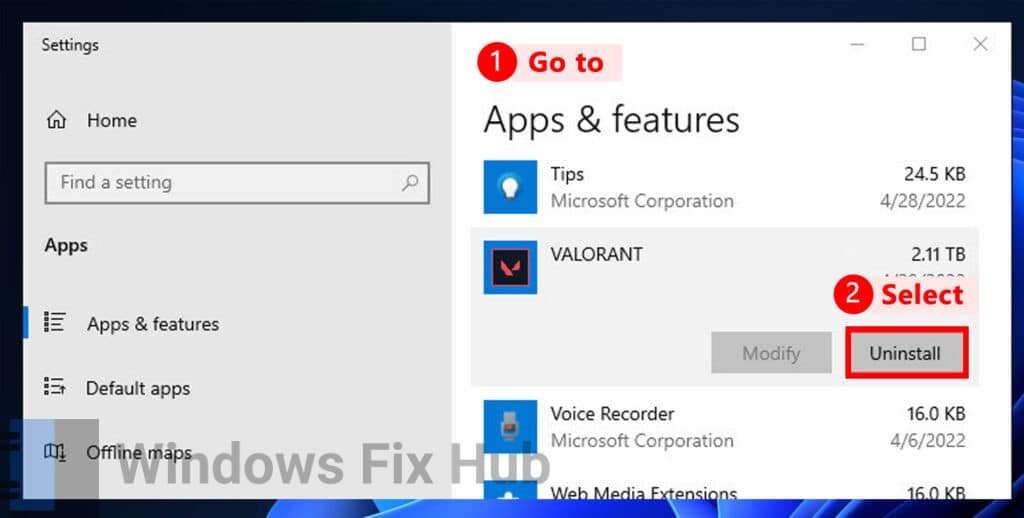
- Confirm the installation in any resulting prompts.
- Restart your PC.
- Reinstall the game.
Learn How to Fix ACE.BASE.sys Blue Screen of Death Error
[2 Advanced Ways]
If reinstalling the game doesn’t fix the BSOD, you can try the following more advanced methods to fix the issue.
Method 1: Disable Third-Party Security Programs (for a short period of time)
Sometimes, some third-party security programs can conflict with anti-cheat software. Disable these programs for the game to prevent any conflicts.
Here’s how:
- Open the third-party security software on your PC.
- Find the disable option and disable it temporarily.
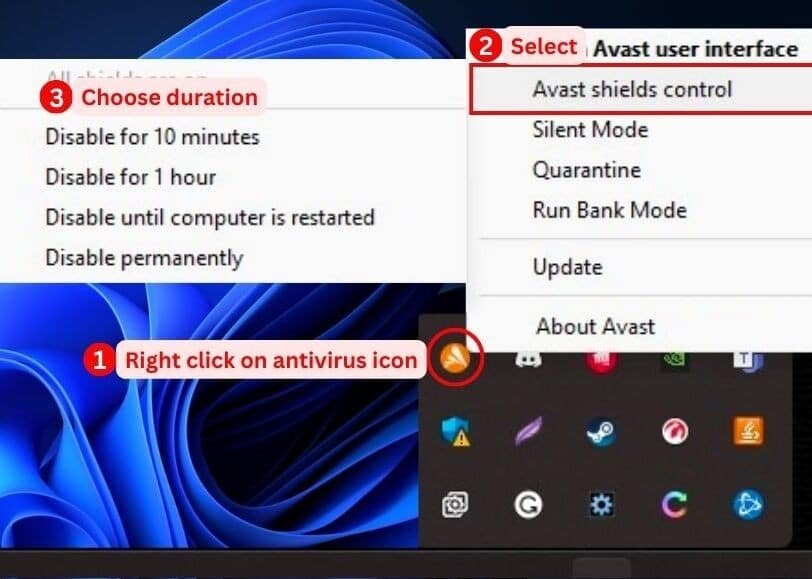
- Now run the game to see if you’re still getting the BSOD.
- If the game is working fine, add “ACE.BASE.sys” and the game to the security software’s exclusion list.
- Now enable your security software and you’re good to go.
Method 2: Rename the Ace.Base.Sys File in File Explorer
If disabling the third-party security software doesn’t resolve the issue, you can rename the driver file to prevent the BSOD.
Here’s how:
- Open “File Explorer” on your PC by pressing ‘Win + E’.
- Select the option to show hidden files.
- Now go to “C:\Windows\System32\drivers“ and find the file named “ACE.BASE.sys”.
- Right-click on this file and click on “Rename” to change it to “ACE.BASE.sys.old”.
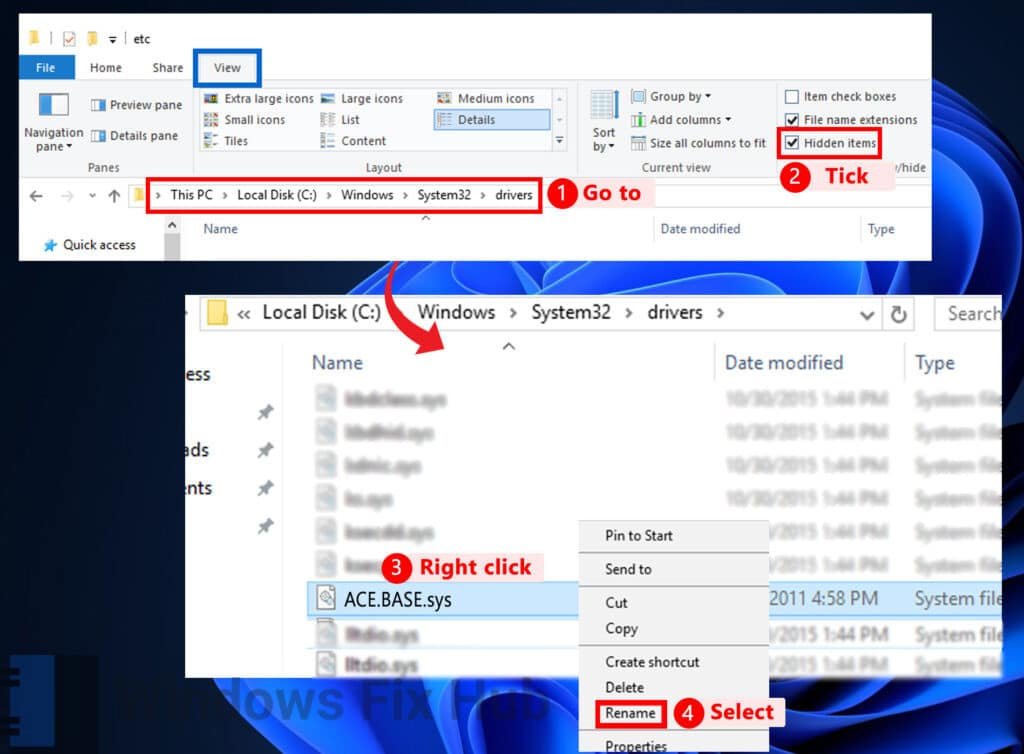
- Allow changes in any resulting prompts.
- Restart your PC.
Now run the game. Renaming the driver file would have hopefully resolved the issue.
Last Word
The ACE.BASE.sys BSOD is typically caused by the anti-cheat software of the games conflicting with other programs on your PC. However, it can also be caused by outdated drivers or issues with your operating system as we talked about earlier as well.
You can try various approaches mentioned above to resolve the issue and play your game without any interruptions. We’ve tested all of them and results were positive on different PCs with different Windows OS versions.
Good luck!
iobit Advanced System Care is used by millions of users worldwide.
It’s a “must-have” for every PC or MAC user who wants:
- To fix common PC errors automatically
- To speed up their computer performance
- To fully secure their device


